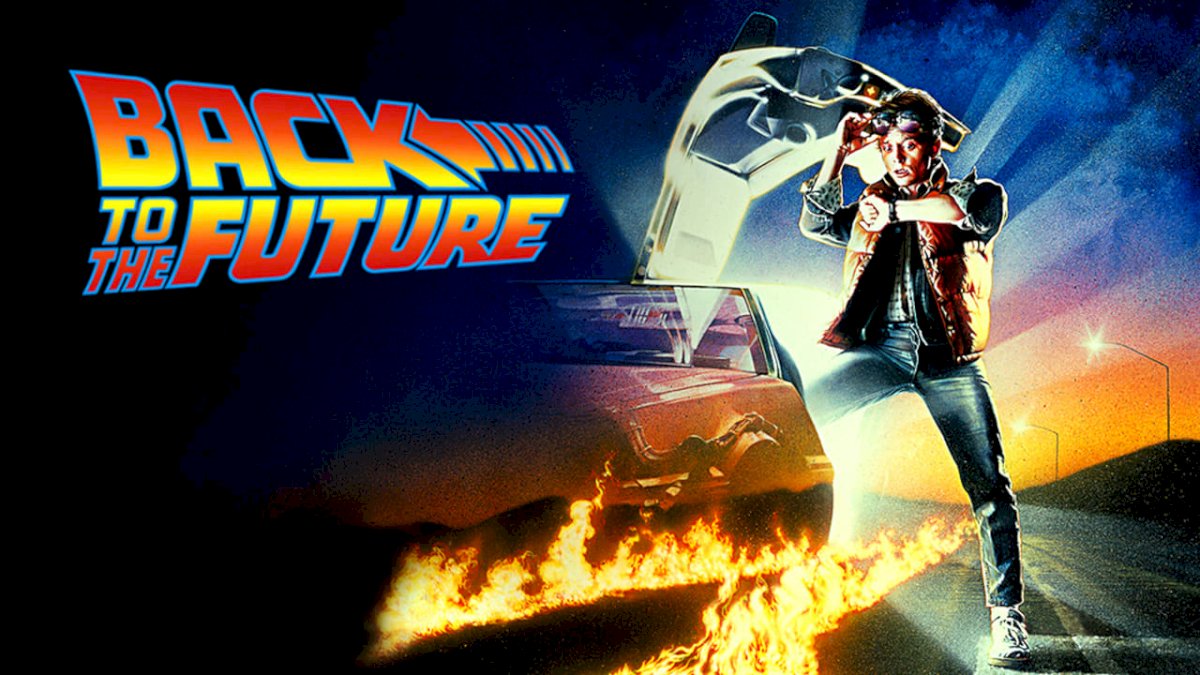The year is 1941. Hollywood, a vibrant hub of creativity, is churning out movies that entertain and uplift audiences amidst the looming shadow of World War II. At MGM Studios, a tantalizing prospect emerged – the possibility of uniting three of the biggest child stars of the era: Shirley Temple, Judy Garland, and Mickey Rooney. While this dream team never materialized on screen, the story behind their near-collaboration offers a glimpse into the golden age of Hollywood and the complex lives of its young stars.

Shirley Temple, with her iconic dimples and infectious smile, was already a box-office sensation by 1941. Having captured the hearts of audiences worldwide throughout the 1930s with films like "Bright Eyes" and "Rebecca of Sunnybrook Farm," she was a cultural phenomenon. At the young age of 12, Shirley was a seasoned performer, a guaranteed box-office draw, and a symbol of childhood innocence.

Judy Garland, with her powerful voice and captivating stage presence, was another rising star at MGM. She had already garnered acclaim for her roles in "The Wizard of Oz" (1939) and "Andy Hardy Meets Debutante" (1940). Unlike Shirley's wholesome image, Judy possessed a raw talent and emotional depth that resonated with audiences. However, beneath the surface, Judy was grappling with the pressures of stardom and the studio's strict control over her life.

Mickey Rooney, known for his comedic timing and boundless energy, was already a household name by 1941. Having established himself as a comedic sidekick in Andy Hardy films, Rooney's popularity was on the rise. He brought a youthful charm and frenetic energy to his roles, often paired with older actors like Judy Garland in films like "Babes in Arms" (1939).

The idea of uniting these three child stars was a no-brainer for MGM executives. Imagine the box-office potential – a veritable dream team of young talent! Plans were in motion for a film titled "Babes on Broadway," a musical comedy that would capitalize on their combined star power.

However, the dream team collaboration wasn't meant to be. Shirley Temple, having just left her previous studio, 20th Century Fox, was embroiled in a contract dispute. Her studio was reluctant to release her for the project. This unexpected hurdle, coupled with potential creative differences regarding the direction of the film, ultimately scuttled the project.

Despite the unfulfilled collaboration, the lives of these young stars continued on divergent paths. Shirley Temple, after a few more films at MGM, transitioned out of acting in her late teens, pursuing a successful career in politics and diplomacy. Judy Garland, meanwhile, continued to shine on screen, delivering iconic performances in films like "Meet Me in St. Louis" (1944) and "A Star is Born" (1954). However, her struggles with addiction and the relentless pressures of fame cast a shadow over her career. Mickey Rooney, though maintaining his comedic presence throughout the years, never quite recaptured the level of success he enjoyed in his youth.

While the on-screen collaboration between Shirley Temple, Judy Garland, and Mickey Rooney never materialized, their individual careers left an indelible mark on Hollywood history. They were child stars who not only entertained audiences but also embodied the hopes and dreams of a generation.

The story of this almost-collaboration offers a fascinating glimpse into the studio system of the golden age of Hollywood. It reveals the power of child stars at the box office, the carefully crafted public personas, and the complex realities of young performers navigating fame and expectations.

One can't help but wonder what a film starring Shirley Temple, Judy Garland, and Mickey Rooney would have looked like. Would it have been a box-office smash? Would it have cemented their legacy as a legendary on-screen trio? The questions linger, a testament to the enduring fascination with Hollywood's golden age and the captivating lives of its young stars.




